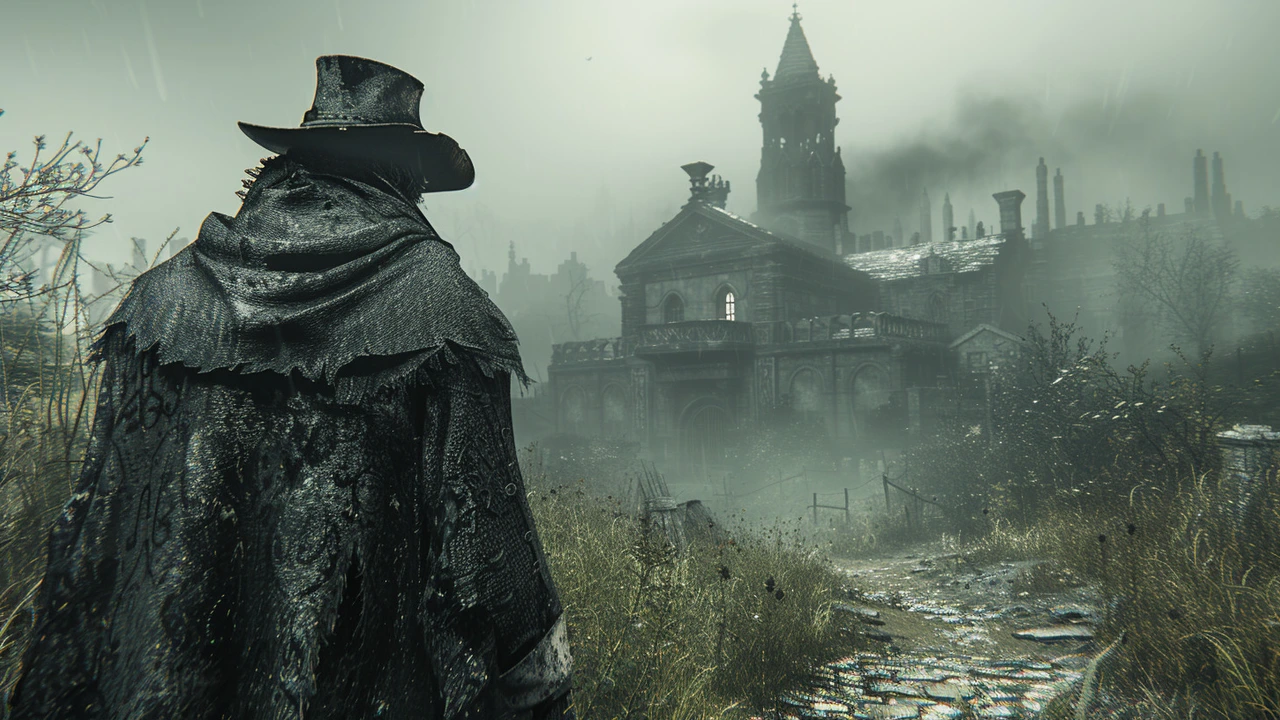Hi all, in today's post, we're going to embark on a journey through time, exploring the awe-inspiring world of Gothic architecture. We will delve into its origins, intricacies, and telltale features that have made it a testament to medieval ingenuity. Expect to come across towering spires, grand arches, and intricate patterns, all hallmark elements of this architectural style. It's a fascinating chapter in history that perfectly captures the marriage of form and function, reflecting the creative prowess of the medieval era. Join me in this fascinating trip to the past!
Medieval Ingenuity: What Made Castles and Cathedrals Work
One pointed arch changed everything. When builders learned to shape stone so it pushed weight down instead of out, they could stack walls higher and add huge windows. That single idea led to taller cathedrals, airier interiors, and a whole new look for medieval towns. If you visit an old church or castle, noticing that arch tells you a lot about the engineering thinking behind it.
Medieval builders were practical problem solvers. They didn’t have modern tools, so they used smart geometry, local materials, and repetitive systems. Timber frames could be prefabricated on the ground and raised fast. Stone masons used templates and simple ratios to cut pieces that fit together without fancy machinery. These were reproducible methods: once a technique worked, it spread through workshops and guilds.
Key Techniques to Spot and Why They Matter
Look for pointed arches, ribbed vaults, and flying buttresses on big churches. Pointed arches direct force down the column; ribbed vaults let builders divide heavy ceilings into manageable segments; flying buttresses take outward thrust from walls and move it outside the building so walls can be thinner and windows larger. In castles, notice the keep (a strong central tower), concentric walls (one ring of defense inside another), and narrow arrow slits. Each detail solves a simple problem: how to defend, how to light, how to carry weight.
Water power and mills are another side of medieval ingenuity. Wheel-and-gear systems at mills multiplied human strength, turning grain into flour, powering hammers, and driving tools. Roads, bridges, and ports were adapted to local conditions—bridge piers shaped to cut through river flow, or timber piling for marshy ground. These are engineering answers born from local needs, not theory.
Practical Lessons for Today
If you care about design or renovation, medieval methods still teach useful lessons. Use local materials where possible—they last and match climate. Think in systems: repeated, modular pieces are quicker to build and easier to repair. Pay attention to load paths (how weight travels through a structure); medieval builders were masters at directing force away from weak points. And when preserving old buildings, focus on stabilizing the original structure first—repairing the vault or buttress often prevents worse damage.
Next time you walk past a medieval building, try this: find the main arch, trace where its forces go, and check for added supports like buttresses or extra rings of walls. Those elements aren’t decoration—they’re clear answers to real problems people solved with the tools they had. That mix of clever design and practical craft is what I mean by medieval ingenuity, and it’s still worth studying today.

